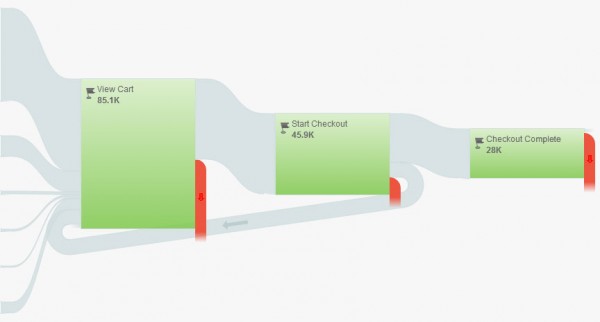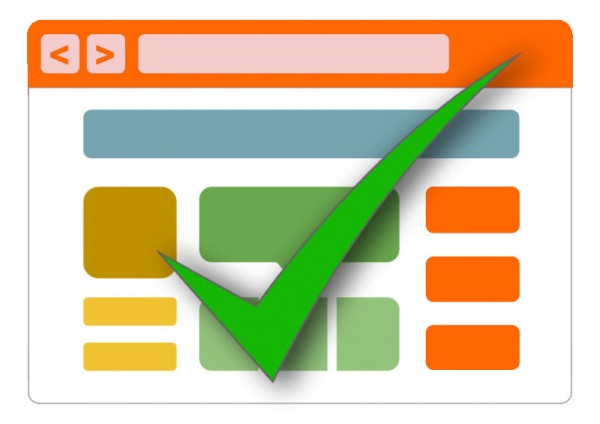Steps to a Solid eCommerce Checkout System
One of the easiest ways to make more money from your online business is to improve the flow of your eCommerce checkout system. You need to make it as easy as possible for people who are browsing for products on your site to make a purchase. There are many ways to improve this flow rate, but even a slight improvement in conversion rate optimization can lead to a significant increase in profits.
The specifics of how to improve your conversion rate will be unique to your website. You’ll need to do conversion testing and reporting to fully understand what it means for your site. But what motivates a person to decide to make a purchase from a website is universal. Roughly stated, a person makes a purchase because they are motivated to buy a product, have the immediate ability to make a purchase and have been “triggered” to buy.
Getting people motivated and triggered to make a purchase can be as simple as sending out an email and having them click through to your product page. But it takes professional website development in order to give a customer the easiest path to purchase. One secret is to make sure that a customer gets an item into their shopping cart as quickly as possible. This gets them out of the mindset of “just browsing” since they are now officially “shopping.”
It’s important to make it as easy as possible for a person to add something to their shopping cart. The purchase button should be as big and obvious as possible. Once a person adds something to the shopping cart, it should be clear that they have something in the cart. And you need to make sure that the customer can see how to go to the shopping cart to enter in their payment information and complete the purchase at any time.
From a web design standpoint, you also need to consider what happens when a customer gets ready to make a purchase. One consideration is whether or not you require customers to register before buying anything. As a general rule, forcing customers to register creates a barrier that could very easily lead to them not making a purchase. You’ll also want to make sure that you don’t ask for credit card information until the last step in the process. Get all of the shipping and personal information first so that the credit card information is easy to get.
These are just a few of the things that you’ll want to do when you think about your eCommerce set-up. eVisible can help you design an eCommerce system that is right for your industry and business.

 Posted on August 1, 2013
Posted on August 1, 2013
